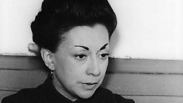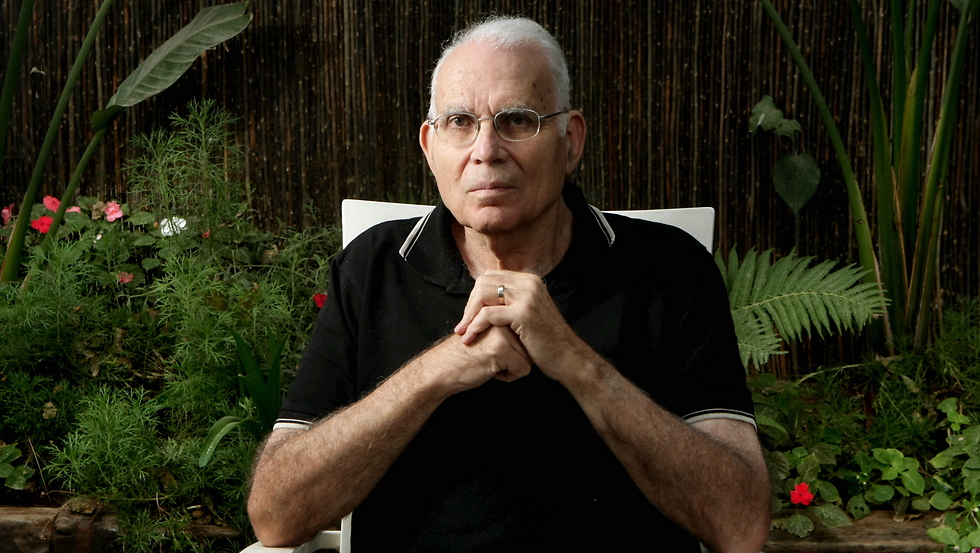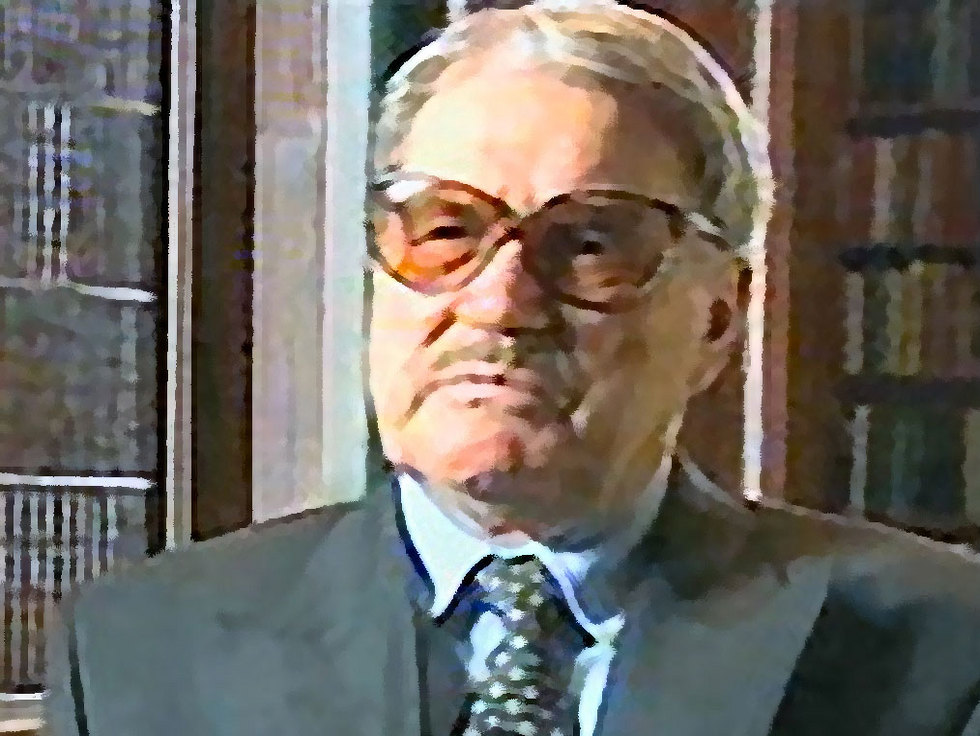
The KGB's Middle East Files: Recruiting foreign diplomats
In 1992, Vasili Mitrokhin, a KGB archivist, defected to the West with a trove of top secret documents from the Soviet intelligence agency, which helped expose many Russian agents and assets in Israel and elsewhere. This series of articles explores these documents and brings to light the secrets they revealed. Part 4 of 5.
As far as Moscow was concerned, the years leading up to the 1967 Six-Day War were a successful period for the Russian intelligence in Israel. Not only did they manage to recruit local agents and spies—some of them at the top echelons of Israel's parliament, leadership and defense establishment—the convenience and freedom of their activity in Israel allowed them to turn to foreign diplomats as well and try to recruit them.
In the world of intelligence, such recruitment is considered particularly prestigious: The diplomatic staff of a certain country is exposed to a lot of material, not just about Israel; and a junior diplomat recruited today can become an ambassador or a consul in an important country in several years. Such a prestigious recruitment is considered a "career-building" element in the KGB.
For example, according to the Mitrokhin documents, the KGB recruited Rosario Castellanos, the Mexican ambassador to Israel, a famous poet in her country; the code name "Gerda" was attached to a West German citizen who worked in an administrative role in his country's embassy in Israel; Agent "Chal," whose real name is Ber Heinz, was head of the Austrian ambassador's bureau in Israel. "Chal," according to one of the reports to the KGB's center in Moscow, "delivered a lot of information to the KGB about Israeli intelligence's activity against the Soviet Union, as well as about the head of the coordination center of the Israeli intelligence services, Halperin," referring to Mossad chief Isser Harel-Halperin.
At a later stage, according to the Mitrokhin documents, the KGB also recruited Carlos Diemer, codename "Ron," who served in Israel twice, first as just a diplomat and then as Chile's ambassador to Israel. Yamando La Guardia, Uruguay's ambassador, was also recruited as an agent.
The KGB would also recruit clergymen from across the Middle East. It recruited, for example, agent "Sid," whose real name is Julian Mersiades Isidore, the archbishop of Nazareth and the Galilee on behalf of the Greek Orthodox Church. Another person recruited in a joint operation of the branches in Beirut and Tel Aviv was the agent "Ognev," whose name is Adrian Oleynikov and serves today in one of the highest clerical positions in Eastern Europe as the archbishop of St. Petersburg.
The operators of the KGB agents were particularly interested in journalists, who they believed had access to a lot of confidential information.
According to the documents, journalist Aviva Stan of Haolam Hazeh weekly news magazine was recruited by Yuri Kotov and given the codename "Dita."
Another, more significant, recruitment was agent "Tammuz," a rising star in the Israeli press at the time. The Mitrokhin documents include many details about this agent (whose name is withheld by the Israeli Military Censorship), including his place of birth, his university studies, the newspapers he worked in and his close association with Mapai, the Israeli Labor Party—and specifically with one of the leaders of the party and the nation. According to the Mitrokhin documents, the journalist, who was recruited in 1965, delivered a lot of information to Kotov and was one of the most important agents ever operated by the KGB in the Middle East.
What the Russians apparently did not know is that the Shin Bet was onto "Tammuz" and had turned him into a double agent, who fed the other side with erroneous or partial information.
The Shin Bet received reports from him about his meetings with Kotov and coordinated with him which information he would deliver.
Kotov's Shin Bet file includes a video filmed by a team from the Shin Bet's operations unit "Birds," documenting one of his meetings with "Tammuz." In the video, Kotov is seen doing exactly what he had been taught to do at spy school in Moscow: taking all of the necessary steps to shake off a tail, by-the-book signaling to the agent, and conducting the meeting in the necessary level of discretion. He took all of these measures without knowing, of course, that "Tammuz" was a double agent and that 14 "Birds" operatives were watching.
Unusual spies
But while there are names which the Russians tried to recruit for clear reasons, Mitrokhin's lists mention some puzzling names as well. Why, for example, did they make an effort to recruit the agent known as "Elialak," who worked in a dry cleaning business? Did Moscow hope to find secret documents in the pockets of the suits delivered to him for cleaning?
Aryeh Hadar, who served as head of the Shin Bet's Investigation Division and has caught several Soviet spies, says it was a key characteristic of Soviet intelligence at the time: "The agents' handlers wanted to know everything from everyone. They were capable of asking a poor kiosk owner what exactly Prime Minister Levi Eshkol told US President Lyndon Johnson in their latest meeting. That kiosk owner, who lacked any accessibility, of course, was forced to fabricate the information to satisfy his handler."

"At the end of the day, they had very poor results," says Reuven Merhav, who served in the Shin Bet's Counterintelligence Division in the mid-1960s. "It was a very delicate business, which stemmed from the structure of the Soviet Union's dictatorial regime. If, for example, a handler discovered that one of his assets was a double agent, he had to consider it carefully before reporting it. The exposure of a double agent could taint his career, because they would ask why he didn't notice it earlier and why didn't he prevent the agent's recruitment (by the other side). This entire bureaucratic entanglement was to the Russians' detriment and basically destroyed their intelligence system here."

But outside the Shin Bet, there are those who think that the Russian intelligence's activity in Israel was pretty impressive. Yaakov Kedmi, head of the Nativ Liaison Bureau from 1992 to 1997, for example, states that "they had an excellent picture and the utmost understanding of what was going on here."













